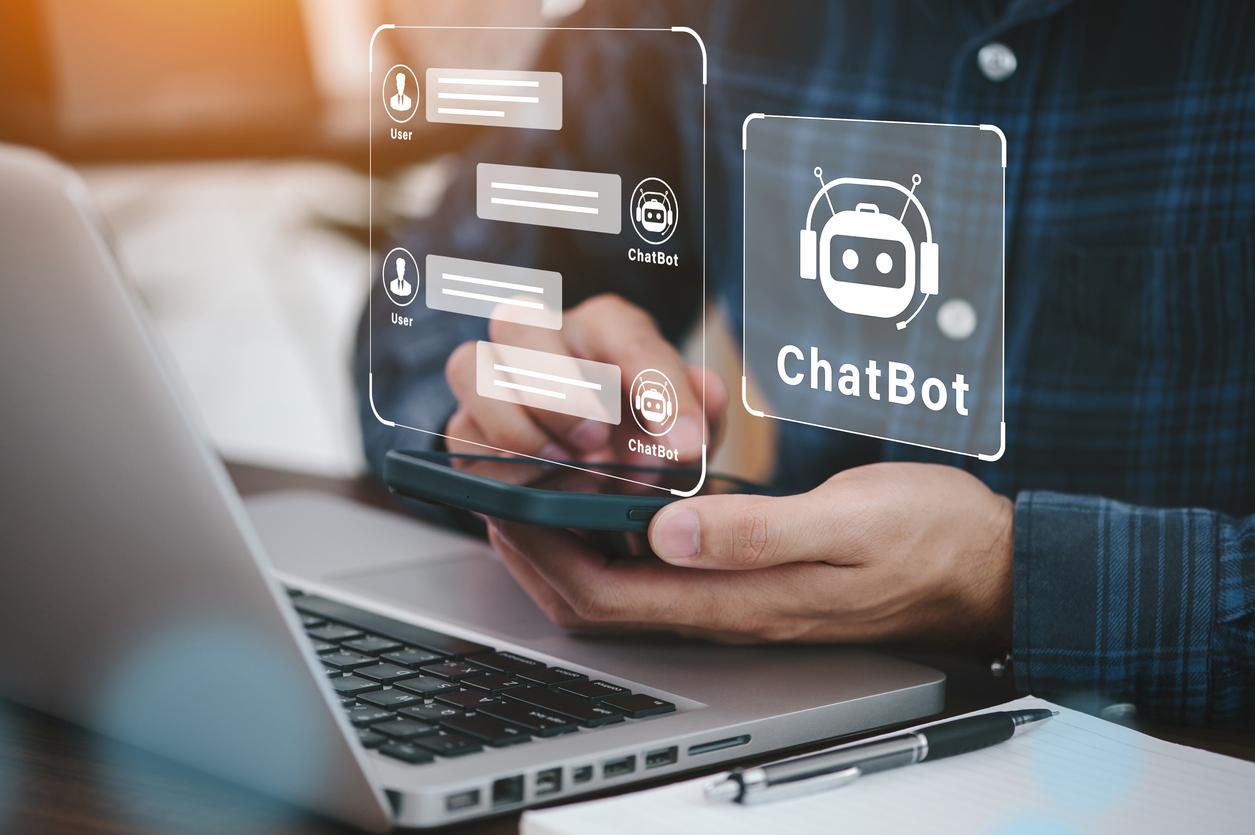
Companies and citizens must be able to handle many government affairs digitally. This is easy, but also raises questions about security and privacy for many people. Moreover, not everyone has the same digital skills.
Day of the Digital Government
But first: June 22, 2019 is Digital Government Day. On this day, more than 1000 civil servants throughout the country are connected for one day around the theme of digitization. Society and government are in a transition phase from analog to digital. For some people, this is a change that needs a lot of attention. It requires a new way of organising, working and, above all, thinking.
What is the Digital Government?
Digital government is simply the online communication between citizens, companies and the government. The government has several online services that help with this. With DigiD you can use various online services. DigiD, which stands for digital identity, is a login method with which you can identify yourself electronically with the government. Here are the online services at a glance:
Pros and cons
There are pros and cons to digital government. Citizens and companies can do business with each other faster. Requesting identity documents, submitting an objection, applying for permits, making an appointment and filing a declaration becomes much easier in this way.
Unfortunately, hackers can break into government sites, exposing confidential information.
The digital government can also exclude people. In particular, the elderly, people with a migration background, minimum income and the mentally handicapped sometimes find it difficult to keep up to date digitally. It is made almost impossible for them to communicate with governments.
Need help?
Sources): mediawijsheid.nl, digitalgovernment.org

















